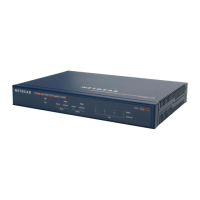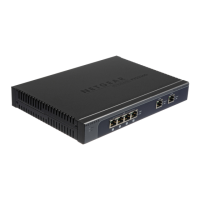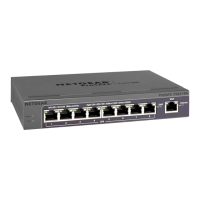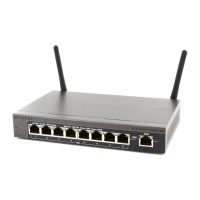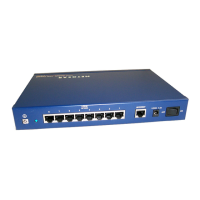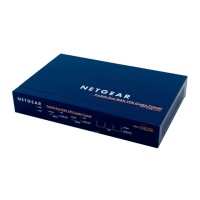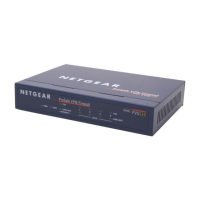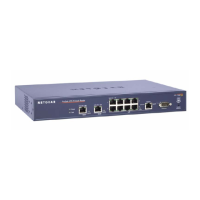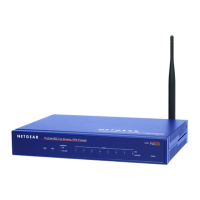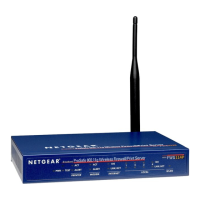Two-Factor Authentication
667
ProSAFE Dual WAN Gigabit WAN SSL VPN Firewall FVS336Gv3
• Something the user is—for example, biometrics such as a fingerprint or retinal print.
This appendix focuses on and discusses only the first two factors, something you know and
something you have. This security method can be viewed as a two-tiered authentication
approach because it typically relies on what you know and what you have. A common
example of two-factor authentication is a bank (ATM) card that is issued by a bank institute:
• The PIN to access your account is something the user knows.
• The ATM card is something the user has.
You must have both of these factors to gain access to your bank account. Similar to the way
ATM cards work, access to the corporate networks and data can also be strengthened using
a combination of multiple factors such as a PIN and a token (hardware or software) to
validate the users and reduce the incidence of online identity theft.
NETGEAR Two-Factor Authentication Solutions
NETGEAR has implemented 2 two-factor authentication solutions from WiKID. WiKID is the
software-based token solution. So instead of using only Windows Active Directory or LDAP
as the authentication server, administrators now can use WiKID to perform two-factor
authentication on NETGEAR SSL and VPN firewall products.
The WiKID solution is based on a request-response architecture where a one-time passcode
(OTP), which is time-synchronized with the authentication server, is generated and sent to
the user after the validity of a user credential is confirmed by the server.
The request-response architecture is capable of self-service initialization by end users,
dramatically reducing implementation and maintenance costs.
Here is an example of how WiKID works.
To use WiKID (for end users):
1. On your computer, launch the WiKID token software.
2. Enter the PIN (“something the user knows”).
3. Click the Continue button.
